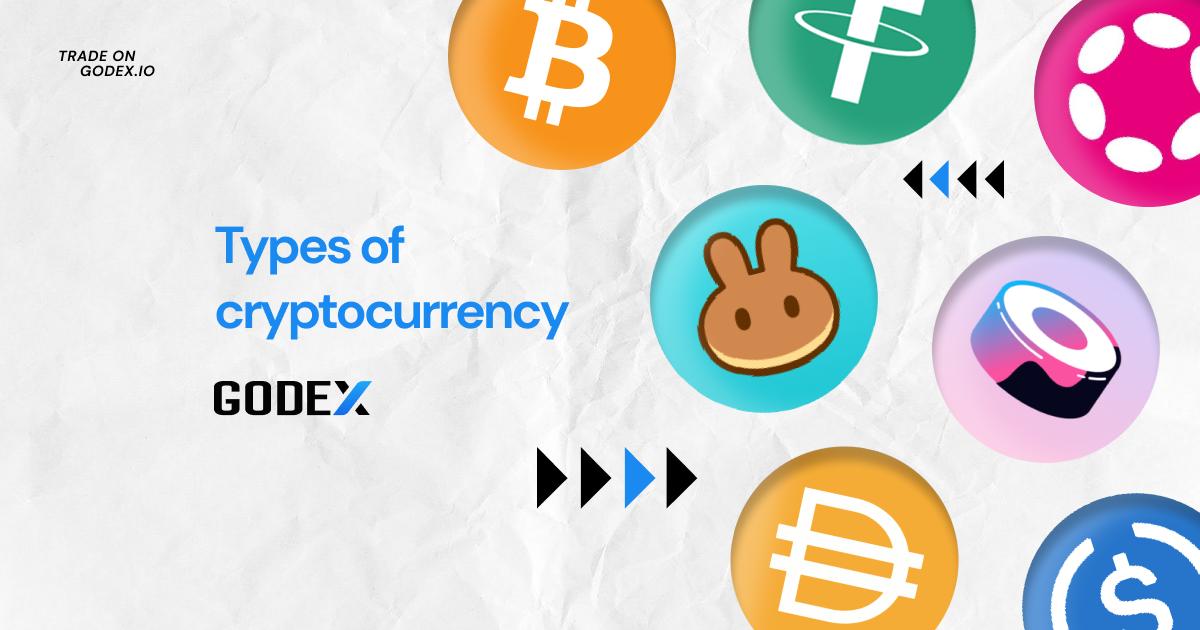All casinos accepting cryptocurrencies
TThe data at CoinMarketCap updates every few seconds, which means that it is possible to check in on the value of your investments and assets at any time and from anywhere in the world Cafe Casino Review. We look forward to seeing you regularly!
NFTs are multi-use images that are stored on a blockchain. They can be used as art, a way to share QR codes, ticketing and many more things. The first breakout use was for art, with projects like CryptoPunks and Bored Ape Yacht Club gaining large followings. We also list all of the top NFT collections available, including the related NFT coins and tokens.. We collect latest sale and transaction data, plus upcoming NFT collection launches onchain. NFTs are a new and innovative part of the crypto ecosystem that have the potential to change and update many business models for the Web 3 world.
One of the biggest winners is Axie Infinity — a Pokémon-inspired game where players collect Axies (NFTs of digital pets), breed and battle them against other players to earn Smooth Love Potion (SLP) — the in-game reward token. This game was extremely popular in developing countries like The Philippines, due to the level of income they could earn. Players in the Philippines can check the price of SLP to PHP today directly on CoinMarketCap.
Are all cryptocurrencies the same
However, they work according to a predefined set of rules agreed upon by the network participants. Every process in cryptocurrency transactions, including mining and transfer of crypto assets, In addition, the value of cryptocurrencies is immune to any geopolitical problem. You must also note that you will find some centralized cryptocurrencies that are operated by the development teams.
However, this does not mean that altcoins are interchangeable with each other. Quite the opposite. Altcoins are all built on the same basic framework as bitcoin and share some of bitcoin’s basic characteristics, and altcoins can all be traded like bitcoin, but each one is distinct. For example, one major altcoin, Ethereum, is minable, but altcoins like Stellar are not.
Investing in cryptocurrencies is a little different than investing in shares of a company. Stock represents ownership of a business and a claim to profits the company generates. Purchasing coins of a cryptocurrency, though, is a speculative bet on the price movement of that digital currency — which can be highly volatile and is subject to the law of supply and demand since digital currency by itself is not a dynamic asset. Cryptocurrencies can be exchanged for other digital currencies or for fiat currencies like the U.S. dollar using a digital wallet on a trading app.
At the same time, the number of crypto investors is growing continuously despite the regulatory uncertainty. Interestingly, governments in some countries have been actively working on developing and implementing regulations for cryptocurrencies. It can play a crucial role in achieving legal validity for crypto transactions throughout the world.
Most people are not aware that there is a difference between digital, virtual, and cryptocurrencies, but they are strongly related, and it’s not a huge mistake when we mix them up. But, here we are to explain it. Digital currencies are the main group that contains all the electronic money, including the virtual and crypto ones. Virtual money is strictly digital, they aren’t controlled by any bank, and they exist in some virtual spaces, and can be used there. Sometimes, they can be exchanged for traditional money, depending on the purpose and the background. But, what makes the cryptocurrencies different? They are both digital and virtual, but they are backed up by cryptography. In order to access them, you need to either invest in the blockchain system and solve advanced cryptography tasks or join some trading community, and buy or exchange them from the people who already mined their money, and they are ready to sell them for cash. Interested?

Are all cryptocurrencies mined
As we’ve seen, miners must hash the block header repeatedly using different nonce values. They do so until they find a valid block hash. When a miner finds a valid block hash, they broadcast this block to the network. Then, all other validating nodes will check if the block is valid and, if so, add the new block to their copy of the blockchain.
Given the substantially lower costs associated with proof-of-stake, you might think it’s a better way to validate transactions. It does, however, still have downsides. For example, even though there’s no concern that an entity can gain control over 51% of a network’s computing power with proof-of-stake, if an entity could gain control of 51% of all outstanding tokens it could hold the network and its stakeholders hostage. Of course, there’s not much likelihood this will happen with high-market-cap digital currencies. However, virtual currencies with low market caps may be susceptible to this vulnerability.
With the number of new bitcoins issued per block decreasing by half approximately every four years, the final bitcoin (realistically the final satoshi) is not expected to be generated until 2140 (it might be earlier). The number of new bitcoins minted per block was 50 when Bitcoin was first established and has since decreased to 3.125 as of 2024—the next halving to 1.5625 is expected sometime in 2028.
Non-mined virtual currencies operate on a model known as “proof-of-stake.” There are no high-powered computers and competitions in the traditional sense to see who can be the first to validate a block of transactions, which means the costs for this method are substantially lower. Instead, ownership in a cryptocurrency (i.e., your stake) is your ticket to being able to proof transactions. Think of it this way: The more of a cryptocurrency you own, and the longer you’ve held that cryptocurrency for, the more likely you are to be chosen to validate a block of transactions. The more times your name appears in the proverbial hat, the better chance it’ll be picked out.
